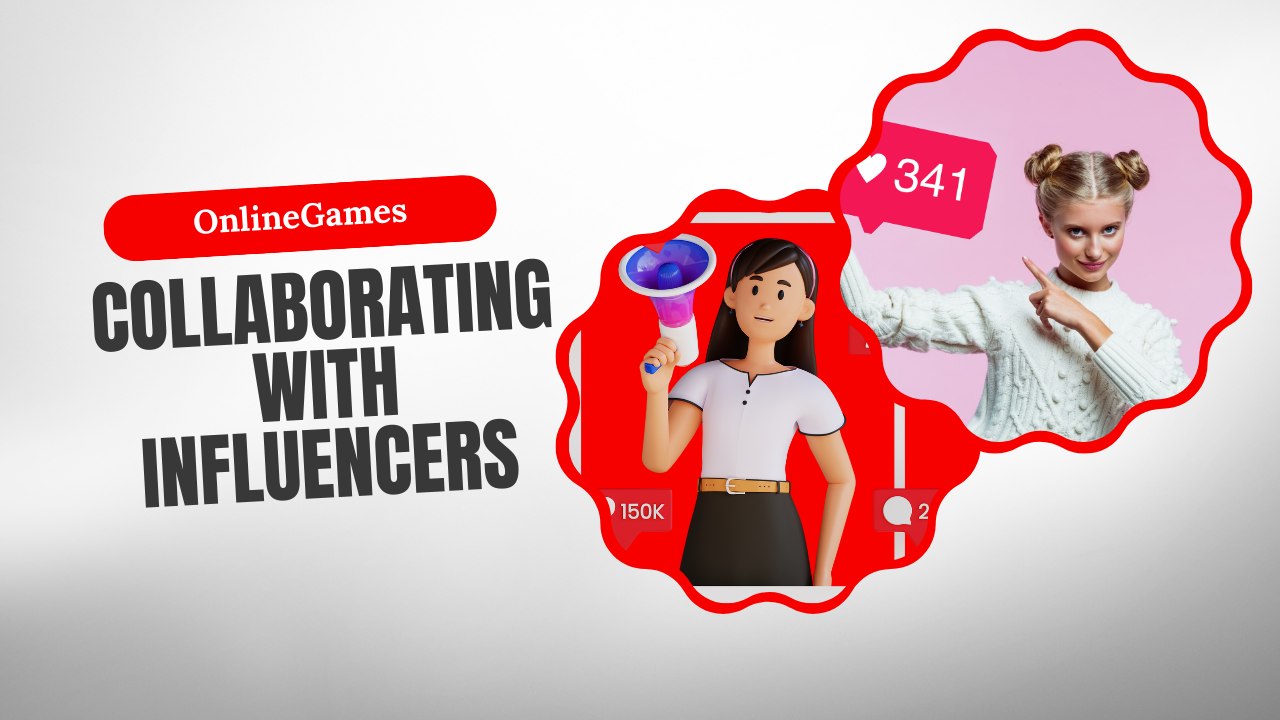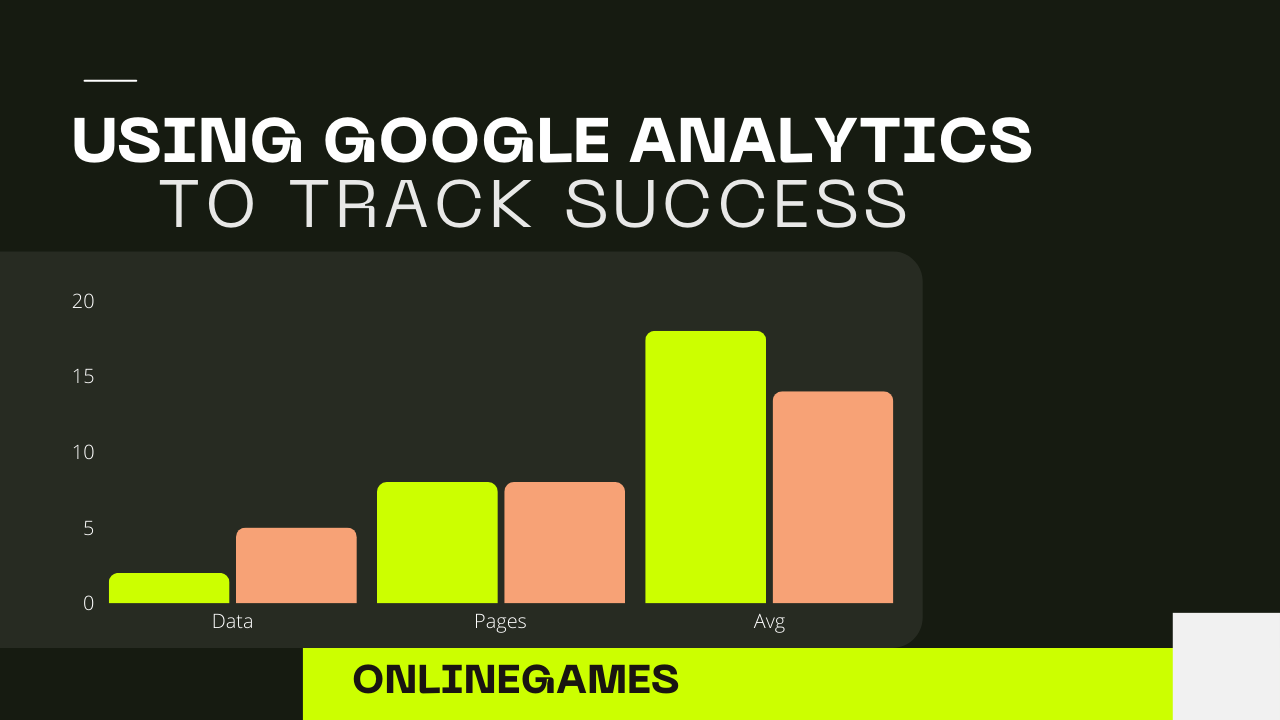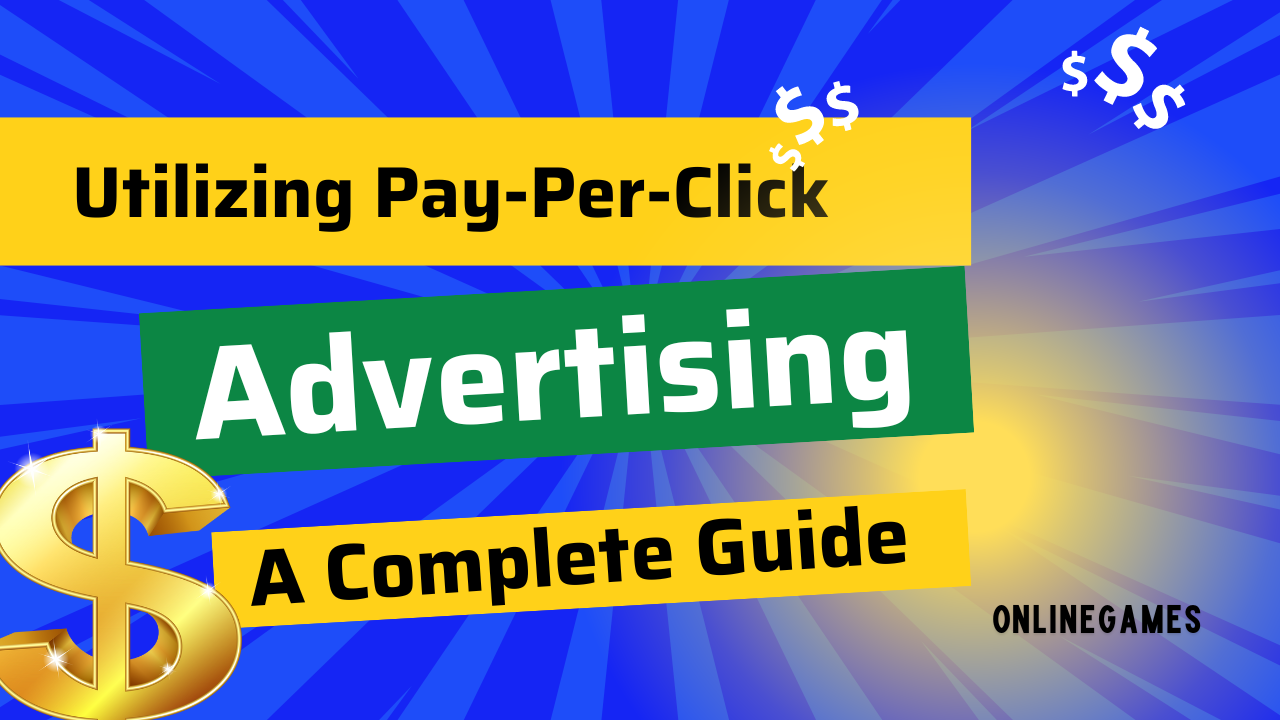In the age of digital marketing, collaborating with influencers has emerged as a highly effective strategy for brands seeking to reach new audiences and enhance their visibility. Influencers, with their established followings and credible voices, offer a unique opportunity to connect with potential customers more authentically and engagingly. This guide delves into the essentials of influencer collaboration, providing insights on how to leverage these partnerships for maximum impact.
Understanding Influencer Collaboration
Influencer collaboration involves partnering with individuals who have a significant online presence and the ability to influence the purchasing decisions of their audience. These collaborations can take various forms, including sponsored posts, product reviews, giveaways, and more. The key is to find influencers whose audience aligns with your brand’s target market and whose values resonate with your brand’s message.
Types of Influencers
- Mega-Influencers Mega-influencers have a massive following, typically over a million followers on platforms like Instagram, YouTube, or TikTok. They are often celebrities or well-known personalities. While they offer extensive reach, they can be costly and may have lower engagement rates compared to smaller influencers.
- Macro-Influencers Macro-influencers have a following of 100,000 to 1 million. They usually have a high level of expertise in a particular niche and can effectively reach a broad yet targeted audience.
- Micro-Influencers Micro-influencers have a following of 10,000 to 100,000. They tend to have a strong connection with their audience and higher engagement rates, making them a cost-effective choice for many brands.
- Nano-Influencers Nano-influencers have a following of less than 10,000. They are often seen as relatable and trustworthy, making them ideal for brands looking to build genuine connections with a smaller, but highly engaged, audience.
Benefits of Collaborating with Influencers
Partnering with influencers offers several benefits that can significantly enhance your marketing efforts:
Increased Brand Awareness
Influencers have established followings that trust their opinions. When an influencer shares your product or service, it exposes your brand to a broader audience, increasing visibility and awareness.
Enhanced Credibility and Trust
Influencers are viewed as experts in their niches. Their endorsement of your brand can lend credibility and trust, making potential customers more likely to consider your products or services.
Targeted Reach
Influencers have niche audiences that align with specific interests or demographics. Collaborating with the right influencer allows you to target your marketing efforts more precisely, reaching the people who are most likely to be interested in your offerings.
Improved Engagement
Content created by influencers often garners higher engagement rates compared to traditional advertising. Their authentic and relatable approach can foster meaningful interactions with your brand.
Boosted SEO and Traffic
Influencer collaborations can drive traffic to your website and improve your search engine rankings. Backlinks from influencer content can enhance your site’s authority, contributing to better SEO performance.
Steps to Successful Influencer Collaboration
To make the most of influencer partnerships, it’s essential to approach the process strategically. Here’s a step-by-step guide to help you navigate the world of influencer collaboration:
Step 1: Define Your Goals
Start by clearly defining what you want to achieve with your influencer collaboration. Common goals include increasing brand awareness, driving website traffic, generating leads, or boosting sales. Having clear objectives will guide your selection of influencers and the type of content you create together.
Step 2: Identify the Right Influencers
Identify influencers whose audience aligns with your target market. Use tools like BuzzSumo, Influence, or Upfluence to discover potential partners. Consider factors such as follower demographics, engagement rates, content style, and the influencer’s values to ensure a good fit.
Step 3: Reach Out and Build Relationships
Approach influencers with a personalized message that outlines why you’re interested in collaborating and how it will benefit both parties. Highlight any mutual interests and explain how your brand aligns with their content. Building a genuine relationship can lead to more successful and lasting partnerships.
Step 4: Plan Your Collaboration
Once you’ve established a connection, work with the influencer to plan your collaboration. Decide on the type of content to be created, the key messages to convey, and the platforms to use. Ensure that the content aligns with both your brand and the influencer’s style to maintain authenticity.
Step 5: Set Clear Terms and Expectations
Clearly outline the terms of your collaboration, including deliverables, timelines, and compensation. Use a formal agreement to avoid any misunderstandings. Specify metrics for success, such as the number of posts, engagement targets, and expected outcomes.
Step 6: Monitor and Measure Performance
Track the performance of your collaboration using metrics such as engagement rates, website traffic, and sales conversions. Use tools like Google Analytics and social media analytics platforms to gather data. Analyze the results to understand the impact of the collaboration and identify areas for improvement.
Step 7: Maintain Relationships
Successful influencer collaborations can lead to long-term partnerships. Stay in touch with your influencer partners, engage with their content, and look for opportunities to collaborate on future projects. Building strong relationships can lead to ongoing benefits for your brand.
Types of Influencer Collaborations
There are various ways to collaborate with influencers, each with its advantages. Here are some common types of influencer collaborations:
Sponsored Posts
Sponsored posts involve paying influencers to create content that promotes your brand. This can be a post on Instagram, a video on YouTube, or a blog article. Sponsored content should disclose the partnership to maintain transparency with the audience.
Product Reviews
Product reviews provide authentic feedback from influencers who test your product or service. These reviews can help build trust and credibility, as potential customers often rely on the opinions of influencers they follow.
Giveaways and Contests
Collaborating with influencers to host giveaways or contests can boost engagement and expand your reach. These activities encourage followers to interact with your brand and can attract new potential customers.
Affiliate Marketing
In affiliate marketing, influencers earn a commission for each sale they generate through a unique referral link. This performance-based approach incentivizes influencers to promote your products actively and helps you track the ROI of the collaboration.
Influencer Takeovers
An influencer takeover involves an influencer taking control of your brand’s social media account for a day. This provides a fresh perspective and can attract the influencer’s followers to your platform, increasing your reach and engagement.
Brand Ambassadorships
Brand ambassadorships are long-term partnerships where influencers regularly promote your brand in exchange for compensation or free products. This consistent promotion helps build a strong association between the influencer and your brand.
Challenges and How to Overcome Them
While influencer collaborations offer many benefits, they also come with challenges. Here’s how to address some common issues:
Finding the Right Fit
Not every influencer will be a good fit for your brand. To find the right partner, focus on those whose audience demographics, content style, and values align with your brand. Use detailed research and tools to identify potential collaborators who match your criteria.
Ensuring Authenticity
To maintain authenticity, allow influencers creative freedom to present your brand in their unique style. Avoid overly prescriptive guidelines that can make the content feel forced or inauthentic.
Measuring ROI
Measuring the ROI of influencer collaborations can be challenging. Define clear metrics for success, such as engagement rates, website traffic, and conversion rates. Use tracking tools and unique referral links to attribute results accurately.
Managing Expectations
Set realistic expectations for both parties by clearly outlining the terms and goals of the collaboration. Regular communication and a formal agreement can help prevent misunderstandings and ensure a successful partnership.
Legal Considerations in Influencer Collaborations
When collaborating with influencers, it’s important to comply with legal requirements and industry regulations:
Disclosure Requirements
Influencers must disclose any paid partnerships or sponsored content to maintain transparency with their audience. This can be done through hashtags like #ad or #sponsored or by stating the partnership directly in the content.
Intellectual Property Rights
Clearly outline who owns the rights to the content created during the collaboration. Ensure that both parties understand how the content can be used and any limitations on its use.
Contracts and Agreements
Use formal contracts to detail the terms of the collaboration, including compensation, deliverables, and timelines. This helps protect both parties and ensures that everyone is on the same page regarding expectations and responsibilities.
Collaborating with influencers can be a powerful strategy for expanding your brand’s reach, building credibility, and engaging with new audiences. By understanding the different types of influencers, setting clear goals, and approaching collaborations strategically, you can create successful partnerships that drive meaningful results. Regular monitoring, clear communication, and compliance with legal require










